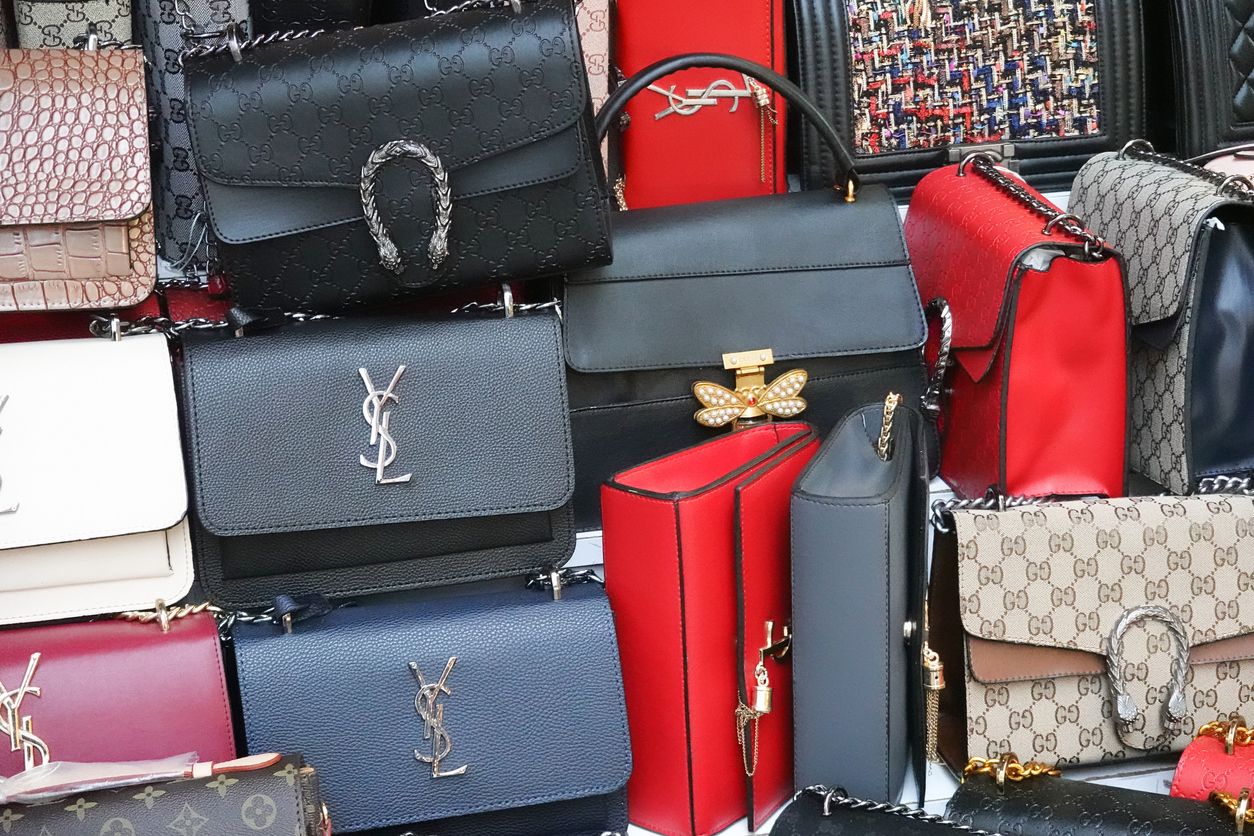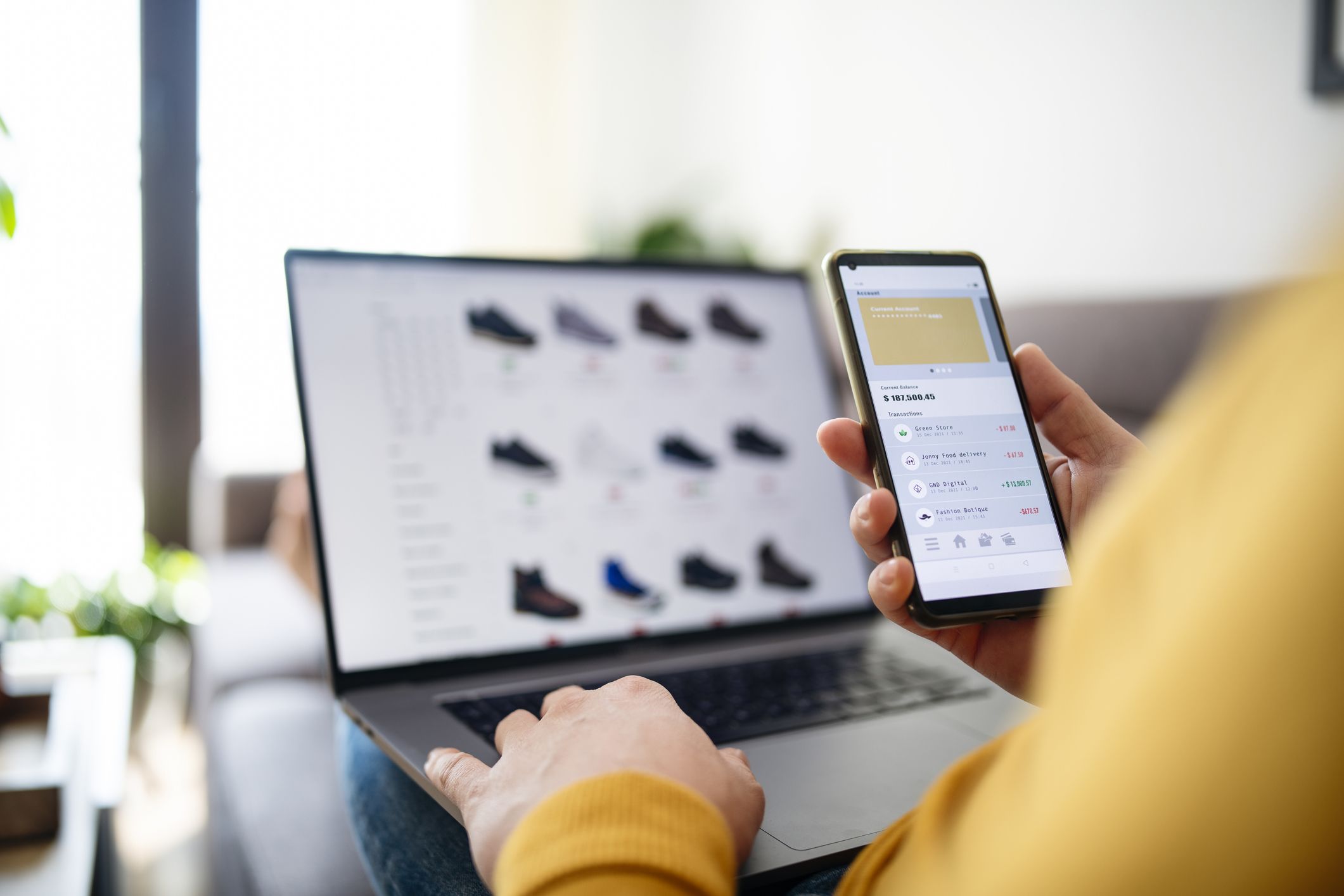Understanding the exponential rise in counterfeit goods
With an estimated 4.48 billion social media users worldwide, it is unsurprising that counterfeiters have found a way to use social media platforms to promote and create additional lucrative sales channels.

As a result, social media is flooded with videos - known as hauls - containing and promoting ‘dupes’ and ‘counterfeits’.
Whilst on the face of it this may seem harmless, few people understand the difference between the two and the dangers surrounding counterfeit goods, for both those making the goods and the brands being exploited.
Dupes v Counterfeits
The term dupe, which is short for duplicate, is usually used to refer to a product which is similar to a more expensive branded product.
By way of example, a more affordable Revlon lipstick could be considered a ‘dupe’ for a Dior lipstick, simply because it looks the same on.
However, the similarities would end there. For one, the Revlon lipstick would be sold under its own trade mark and it is most likely that the product has been formulated and packaged in an entirely different way to that of the Dior product.
On the other hand, counterfeit goods use, without authorisation, a third party’s identical trade mark in order to pass off themselves off as being a ‘genuine’ item.
The consumer is made to think they are buying a genuine good originating from the trade mark owner. Despite counterfeiting being illegal, many unknowingly support counterfeiting or do so knowingly, but without realising the severity of supporting such a market.

The dangers surrounding counterfeiting
Most counterfeit hauls, unsurprisingly, relate to clothing, shoes and accessories.
Many creators and consumers will simply think of the counterfeit goods as a cheaper alternative to buying the original branded goods.
That being said, in reality, counterfeiting is harmful to both brands and individuals.
Counterfeiting is currently one of the world’s largest illicit industries, and makes up approximately 2.5% of total world trade and roughly 6% of imports into the EU in 2019.
These statistics were calculated before the ‘dupe culture’ exploded online, which has seen an increase in the promotion of counterfeits as opposed to dupes.
Understandably, counterfeiting has had a hugely detrimental impact on brands. The provision of a lower price – albeit also lower quality - often causes a loss of sales for the real brand.
Counterfeits can also cheapen the brand by flooding the market, putting customers off a brand due to the appearance of poor quality related to the label.
In addition, whilst counterfeiting may appear to be a victimless crime, counterfeits can be produced using child or unpaid labour in unregulated environments. These can be run by organised crime gangs to fund illicit activities.

Social media platforms' anti-counterfeiting measures
Online marketplace websites and social media platforms are relatively open to abuse by counterfeiters, who prey on the fact that these businesses are trading globally.
The numbers involved are immense; for example, DHGate.com, a Chinese online e-commerce platform, has 37 million product listings.
Considering the sheer volume of listing involved, policing counterfeiting on social media platforms is far from easy. The counterfeiters have the perfect place to hide.
Such platforms are taking a tougher stance and are cracking down on the enforcement of IP rights.
Notably, TikTok now automatically removes videos which reference certain third parties, in order to get tough on as much infringing activity as possible.
TikTok also has a Repeat Infringer Policy, where accounts are permanently removed following a ‘three strikes rule’ against each form of IP.
Similarly, Meta, Amazon and eBay have developed robust IP programmes which automatically remove posts containing counterfeit goods before they are published. In Meta’s case, it disables the account posting the goods.
Social media platforms including TikTok, Twitter and Instagram all have pages informing users on what intellectual property rights are, what constitutes infringement and how users can report infringement.
These platforms enable trade mark infringement reports to be filed to request the removal of the alleged infringing content. Provided a valid mark registration certificate can be shown, the content is then removed.

Registering your trade mark
So, what can legitimate brands do to protect themselves in the counterfeit danger zone?
The most important thing you can do to protect your brand from counterfeiting is to have a strong portfolio of registered trade mark protection in place.
Rigorous protection can act as a strong deterrent to counterfeiters and if you do become a victim of counterfeiting, a registered trade mark will enable you to file an infringement report to remove such infringing content from social media pages or platforms such as Amazon and eBay.
What to do if your brand becomes a victim of counterfeiting
If your brand becomes a victim of counterfeiting on social media and you have trade mark protection in place, it is advisable to file a report as soon as possible, with evidence of the infringement and a copy of your trade mark registration certificate.
If you have discovered a large number of infringing posts, or do not have registered trade mark protection, we strongly advise that you contact the author or one of our trade mark attorneys who can advise you on the best way to enforce your rights.

Learn more about protecting your IP:

Authored by Scarlett Bond, a trainee trade mark attorney at Barker Brettell.
Scarlett.Bond@barkerbrettell.co.uk
